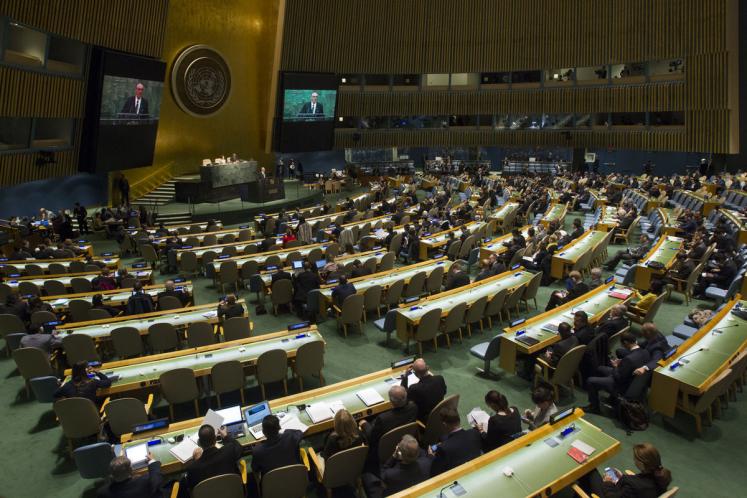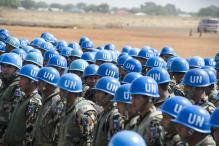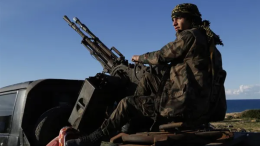Halfway through the Ninth Review Conference of the Nuclear Non-Proliferation Treaty (NPT), the issues of concern seem readily familiar: unresolved safeguards non-compliance cases in Iran and the DPRK, lack of progress in establishing a WMD-free zone in the Middle East, and the slow pace of nuclear disarmament. Yet, the predictability of the agenda belies some movement in the tone and tenor of the discussions taking place. Whatever the outcome of the conference, whether consensus will be reached on a substantive final document or not, it appears that the 64-point Action Plan from the 2010 conference has had its intended effect. It has served as a baseline for measuring achievements and has inspired at least a minimum level of accountability.
It would be remiss to overlook the tensions surrounding this year’s conference. The uneasy truce between Russia and the West over Ukraine cannot obscure the threat posed by the conflict to the future of nuclear cooperation. Canada, Germany, and the United States, among others, have explicitly questioned the credibility of Russia’s negative security assurances in the context of non-proliferation. Meanwhile, the conference seems at times overshadowed by the ongoing nuclear negotiations between Iran and the permanent members of the UN Security Council plus Germany (P5+1) in advance of a June 30th deadline to reach a final agreement. One point that has received little attention so far is that the International Atomic Energy Agency (IAEA) noted that its November 2013 joint framework of cooperation with Iran – meant to address verification concerns over the country’s nuclear program – has stagnated. With no new practical measures proposed or implemented since May 2014, the Agency “has not been in a position to provide credible assurance about the absence of undeclared nuclear material and activities in Iran.”
The potential Joint Comprehensive Plan of Action with Tehran has had reverberations on the Review Conference in other ways. A concerned Israel is in attendance as an observer for the first time since 1995, reportedly to seek common ground on broader security concerns with Arab states. It issued a statement calling for direct dialogue between all stakeholders in the Middle East, invoking “the need to redefine a new regional security paradigm.” Still, much work remains to that end, underscored by the Israelis also blaming the “negative approach” of Arab states with respect to the possibility of a WMD-free zone in the Middle East. For its part, the State of Palestine – which became party to the NPT in February, as part of its broader strategy to gain statehood – has called for the UN Secretary-General to convene a conference within 180 days to jumpstart the process. Echoing a strongly worded statement from the Arab Group, it also called for Israel to accede to the NPT.
Besides the Middle East, it is unsurprising that the disarmament issue has dominated the first-half agenda of the 2015 conference. The novelty stems from the strength of the humanitarian movement, which emerged from the 2010 Final Document’s expression of “deep concern at the catastrophic humanitarian consequences of any use of nuclear weapons,” and has grown via three conferences held on the subject in 2013 and 2014. Joint statements on the humanitarian dimension of nuclear weapons have been delivered by Austria (on behalf of 159 states) and Australia (on behalf of 26 states), with the former noting separately that that nearly 80 states now support its pledge in pursuit of effective measures “to fill the legal gap for the prohibition and elimination of nuclear weapons.” As the P5 seem determined to walk back from the 2010 language, referring only to the “severe consequences” of nuclear weapon use, the impact of the humanitarian movement on the final outcome cannot be ignored.
Overall, the mood of the Review Conference has been somber, with words like “subdued” and “frustrated” bandied about. Achievements in the non-proliferation and peaceful uses aspect of the treaty – including support for the IAEA’s state-level concept for safeguards (stressing a holistic approach that considers all available information about a state’s nuclear program), and an additional $50 million commitment by the US to the Peaceful Uses Initiative (promoting nuclear technology in projects in areas such as food security, water resource management, and human health) – have scarcely factored into the discussion. Meanwhile, the modest successes executed in terms of the 64-point Action Plan from 2010 are criticized for their limitations: the regular P5 consultations still lack transparency, the Glossary of Key Nuclear Terms is largely focused on the nuclear fuel cycle, and unilateral and bilateral arms reductions are offset by modernization plans. As work continues across the Main Committees and their Subsidiary Bodies, the mere extension of the 2010 Action Plan appears to be an insufficient outcome for the vast majority of state parties. The bar for the 2015 conference has been raised. But can it be met?
Suggested citation: Wilfred Wan., "A Report From the 2015 NPT Review Conference – Weeks 1 & 2," UNU-CPR (blog), 2015-05-08, https://unu.edu/cpr/blog-post/report-2015-npt-review-conference-weeks-1-2.




